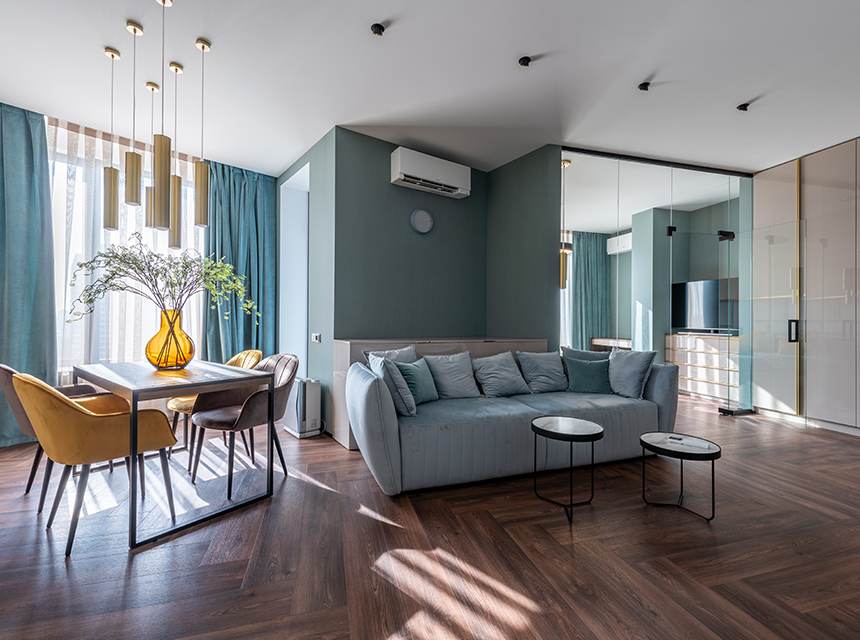
Eco construction
Eco construction, also known as sustainable construction or green building, refers to the practice of designing, constructing, and operating buildings and infrastructure in an environmentally responsible and resource-efficient manner. The primary goals of eco construction are to reduce the negative impact of construction on the environment, conserve natural resources, promote energy efficiency, and create healthier and more sustainable living and working spaces. Here are some key principles and aspects of eco construction:
1. Energy Efficiency: Eco construction focuses on reducing energy consumption in buildings. This includes using energy-efficient building materials, installing high-efficiency HVAC systems, optimizing insulation, and incorporating passive solar design principles to minimize heating and cooling needs.
2. Water Efficiency: Sustainable construction aims to minimize water consumption through the use of low-flow fixtures, rainwater harvesting systems, and efficient landscaping practices. Water recycling and graywater reuse may also be integrated.
3. Sustainable Materials: Eco construction emphasizes the use of renewable and environmentally friendly building materials. This includes materials with low embodied energy, such as reclaimed wood, recycled metal, and sustainable timber from certified forests.
4. Waste Reduction: Efforts are made to reduce construction and demolition waste by reusing materials, recycling debris, and minimizing packaging waste. On-site waste management systems may be employed.
5. Indoor Air Quality: Eco construction prioritizes indoor air quality by using non-toxic, low-VOC (volatile organic compounds) paints and finishes, proper ventilation systems, and materials that do not emit harmful chemicals.
6. Site Selection and Land Use: Sustainable construction considers the environmental impact of site selection. Preservation of natural habitats, responsible land use planning, and minimizing disruption to ecosystems are key considerations.
7. Renewable Energy: Integration of renewable energy sources such as solar panels and wind turbines to generate clean, on-site energy is a common practice in eco construction.
8. Passive Design: Passive design principles are employed to take advantage of natural resources like sunlight and wind for heating, cooling, and ventilation, reducing the need for mechanical systems.
9. Green Certification: Many eco construction projects seek green building certifications, such as LEED (Leadership in Energy and Environmental Design), BREEAM (Building Research Establishment Environmental Assessment Method), or local equivalents, to demonstrate their commitment to sustainability.
10. Transportation and Accessibility: Sustainable construction encourages reduced car dependence by promoting public transportation, cycling, and pedestrian-friendly designs, reducing the carbon footprint associated with commuting.
11. Community Engagement: Eco construction projects often engage with the local community to ensure that the building aligns with the needs and preferences of its occupants and contributes positively to the neighbourhood.
12. Life Cycle Assessment: A holistic approach to building design considers the entire life cycle of a structure, from construction and operation to demolition or deconstruction. This helps assess the long-term environmental impact.
Eco construction is not only beneficial for the environment but also for the health and well-being of occupants. It can lead to lower utility costs, improved indoor comfort, and a reduced carbon footprint. As environmental awareness continues to grow, eco construction practices are becoming more widespread and integrated into mainstream building design and construction.

